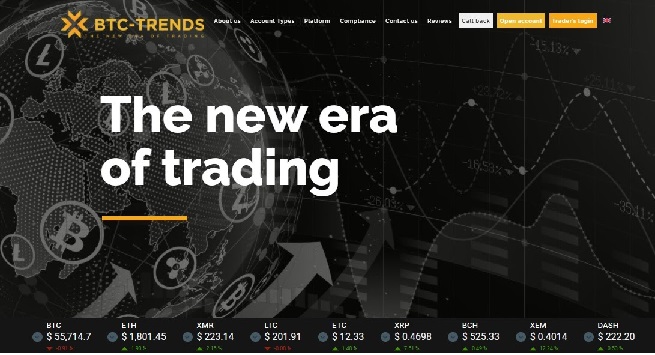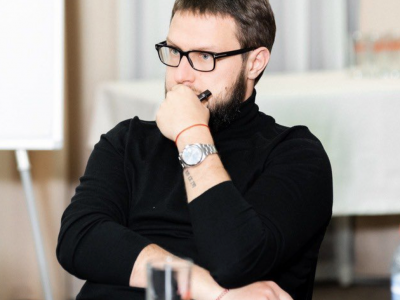Medical Care has always been a front-line, mission-critical, use case for emerging technologies with fast and furious adoption turning into almost an arms race.
Usage of innovation grows in a very dualistic fashion with typically developing markets being the first-adopter for implementations that often are deemed too forward for 1st world health care systems.
This ethos of too progressive/too conservative spills over from actual medical applications into the administration behind with the National Health Service in the UK just now in 2019 finally making fax machines obsolete. This shortage of innovation has led developing economies such as Brazil to be a hotbed for blockchain innovation in the medical space. It now looks as if they may start leading the way with decentralized identity and integrated health records for the population at large.
Enterprise medical use cases
To understand why blockchain and the medical field are so importantly interlinked, it is good to start with a strong use case coming out of Metlife and its innovation centre, Lumen Labs. The billion-dollar corporation has, for its insurance payouts, built a blockchain as well as a product, called Vitana.
Vitana’s flagship application refers to gestational diabetes. It allows pregnant mothers to download an app with a blockchain backend where their records are kept and should the mother be diagnosed with gestational diabetes, it is recorded on the blockchain and then a smart contract executed with the payout being made without even the need for a claim or proof of illness.
Vitana is an excellent example of how there can be an interlinking and co-operation between different bodies in the medical field through the blockchain. The blockchain allows for insurers, diagnosticians, and the patient to interact with consummate ease - and therein lies the crux of the blockchain’s all-encompassing prowess.
With there being a multitude of players involved in a medical situation; from the patient to the doctor, clinic, hospital, pharmaceutical dispensary and even the insurers, there is a need co-operation, data sharing, and of course an efficient record keeping system that can traverse all of these different parties.
This has led many to believe that a Blockchain DiD is the answer, but it is not that simple.
Defining a digital identity
While Bitcoin began as the flagship, it is still technically only a byproduct of the blockchain; a token serving as one potential use-case. What is sometimes overlooked is that the usefulness of blockchain often does not depend on a coin or currency to enable its own versatility. The first wave of blockchain projects in 2017 were hamstrung by the fact that they were tying access users’ personal data to a coin that is speculative in nature.
One such case is Civic, who promised to create a global online decentralized identity. The immediate issue arose that to access this decentralized identity the individual had to buy the CIVIC coin which was inherently a volatile asset.
So to access one’s identity and make updates may cost a few cents today, but then if some influencer tweets about the project, then the cost could double overnight as the price of the coin rises.
Imagine for instance if the price that you pay for a book on Amazon was tied to the daily Amazon stock price or the latest news on the personal life of Jeff Bezos? If Jeff Bezos gets a divorce, the stock price of Amazon goes down by five percent and that book is now five percent less expensive. The other way around is if there is an excellent quarterly earnings report and Amazon stock rises, then suddenly that book cost 10 percent more until the market settles.
This was the gaping elephant in the room with Version One of blockchain applications that certainly made plenty of people wealthy through the ICO Boom but produced little in terms of practical value.
Defining digital sovereignty
As the industry matures, the goalposts for what is useful is becoming apparent, and one of the more popular uses is this concept of Decentralized Identity (DID).
The concept behind DID is that each individual, each entity, can claim an immutable corner of the decentralized world as their unique identity. This identity will ultimately always belong to them despite any turnover in government, website - or blockchain for that matter.
Having a foundation of DID is something that can become critical to a medical records space as it allows users to be identified beyond any limitation of time and technology and this is precisely the foundation that could revolutionize healthcare in Brazil.
Decentralising Brazilian health records
The possible link between a DID and a medical record thus makes a lot of sense to forward thinking health professionals, and that is why Dr. Miguel A. Netto, CEO do Instituto Latino Americano de Gestão de Saúde (INLAGS) made a move that has seen two million patient health care records go onto the blockchain through the help of blockchain company Unification to provide the implementation of decentralized identity through a different innovation called 'WRKChains'.
WRKChains can be useful in this case as they allow a consortium ecosystem where despite transacting across multiple platforms, the patient is in ultimate control over their own data.
INLAGS are looking to build out the infrastructure in a truly decentralized fashion. Rather than saying that the WRKChain belongs to INLAGS, they have set it up as a consortium where various health care hospitals and associations can join and host a node - validating the network and being an equal participant. This means that one by one each entity comes into the consortium with equal stake and ownership.
Unification Founder Neyma Jahan states:
“There are now numerous actors in the healthcare system; you have a patient, and that is an individual, then you have doctors, clinics, hospitals, surgery centres and insurance companies, then pharmaceutical companies and every one of these has their own EHR (Electronic Health Records System).”
“What ends up happening is that everyone holds their own version of what is going on with this patient within their database. Information gets lost, sometimes not shared, at best it leads to inefficiencies or double billing, at worst it can lead to critical or fatal health emergencies due to an imperfect flow of information. This is why we need blockchain.”
“The way that we believe this could work is through WRKChains, which are semi-private / public blockchain hybrids, where every patient is assigned a DiD."
“The WRKChain is not the EHR but rather the EHR uses an API to interface with the WRKChain. The patient is given a mobile app which they take to a new clinic and press a button. Instantly the clinic not only has access to all of the patient's history across multiple entities, but they are then able to add to the ongoing log.”
“The result is a unified data source ultimately controlled by the patient that they can give access to, and, or revoke from the provider of their choice. The result is sovereign ownership of their medical data for the individual and unfiltered access to critical life-saving data for each actor in the medical cloud.”
"This will take things to another level, to say the least," adds Dr. Netto. "Health care management, patient safety, the value of care, confidentiality of medical information; his innovative initiative will be an important step towards sustainability of health management systems throughout Brazil and Latin America, which is the main goal of INLAGS."
Occam's Medical razor
Disrupting the global health care industry does not happen in a technical vacuum, there are many policy and practical regulations that vary significantly across different regions and jurisdictions. For example in some domiciles, the patient is the end beneficiary of their medical data but cannot see or access this data on their own. To work around this, the WRKChain can be modified so that while the patients hold access, only the medical institution with a certification key can decrypt and view the data, for example.
Another critical variable is data privacy. The same technology above can make it so that doctors can only access the patient data when the patient specifically gives them information and after their work is done - access can be immutably revoked. This hardcoded ability to regulate data flow from the consumer side has numerous benefits not only in medical, but across other industries where regulations such as GDPR require a certain amount of data sovereignty baked into the system.
The Killer App
As blockchain continues to blossom, we still await its killer application; something that will cement its place as essential and valuable going forward. Many believe it is supply chain usage, and many hold onto the idea of DiD laying a foundation for the useful enterprise blockchain.
Blockchain solutions are coming round to the idea that they cannot fight directly with legacy and procedure, rather they need to work in the background with the current conditions to boost efficiency rather than re-invent the wheel. Individuals, or patients in this case, do not need to know about blockchain, or even know their data is being stored there - additionally, the medical realm needs little knowledge on the technology either, they just need to know it increases efficiency.











